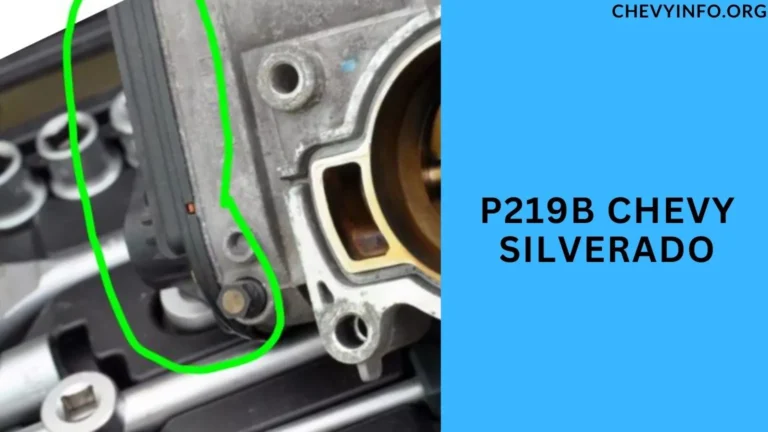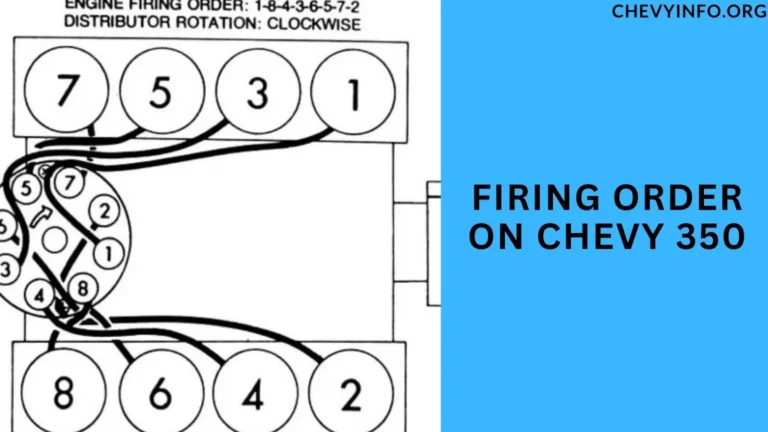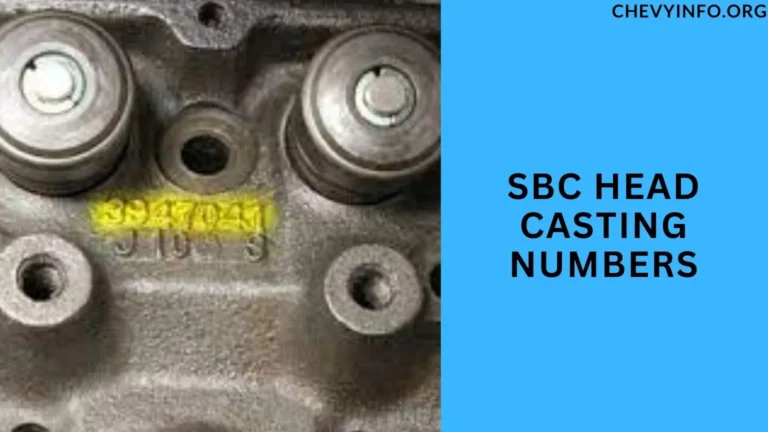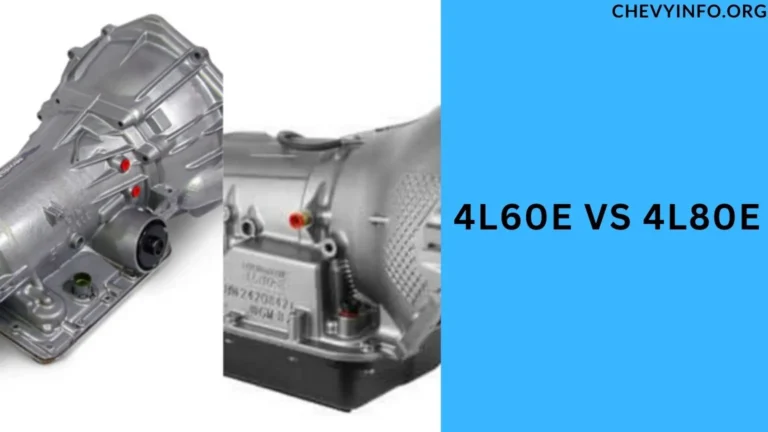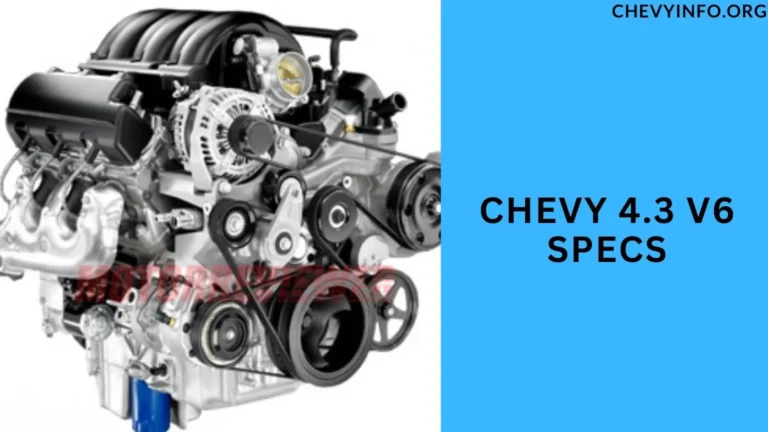P0300 Chevy Code (Mean, Causes & Fixing) of 2024
If you own a Chevy vehicle and have encountered the dreaded P0300 Chevy Code, also known as a random or multiple cylinder misfire detected, you’re not alone.
This diagnostic trouble code (DTC) can perplex many drivers, but understanding its meaning and how to address it can save you time, money, and potential headaches.
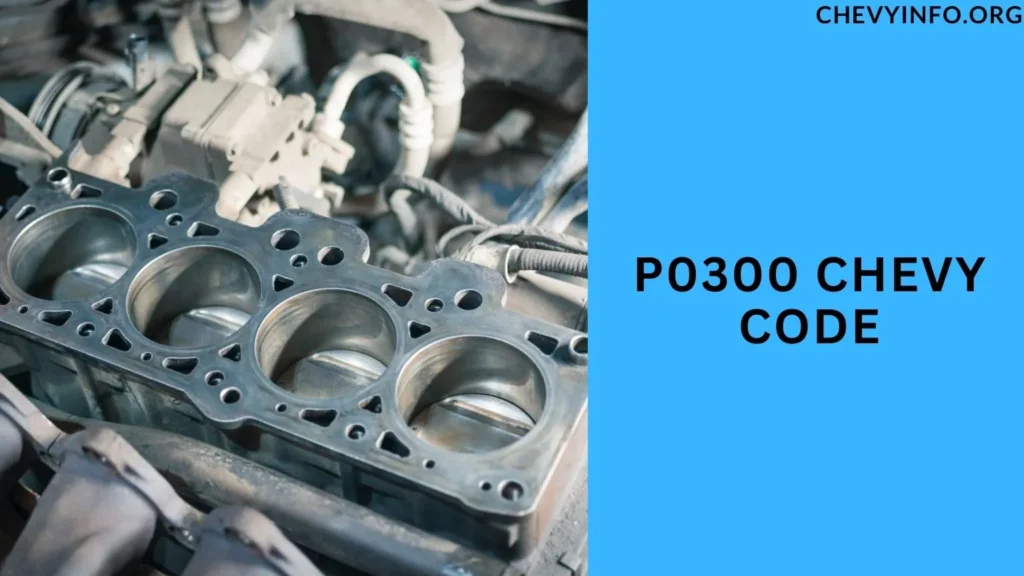
Introduction to the P0300 Chevy Code
The P0300 code is a generic OBD-II trouble code that indicates a random or multiple misfire in the engine’s cylinders.
This means that the engine’s computer has detected erratic or irregular combustion in one or more cylinders, leading to a noticeable decrease in engine performance, fuel efficiency, and overall drivability.
What Does the P0300 Code Mean?
To grasp the significance of the P0300 code, it’s essential to understand what constitutes an engine misfire.
An engine misfire occurs when the air-fuel mixture in a cylinder fails to ignite or ignites improperly, disrupting the combustion process.
This can manifest as rough idling, hesitation during acceleration, and in severe cases, engine stalling.
Common Causes of P0300 Code in Chevy Vehicles
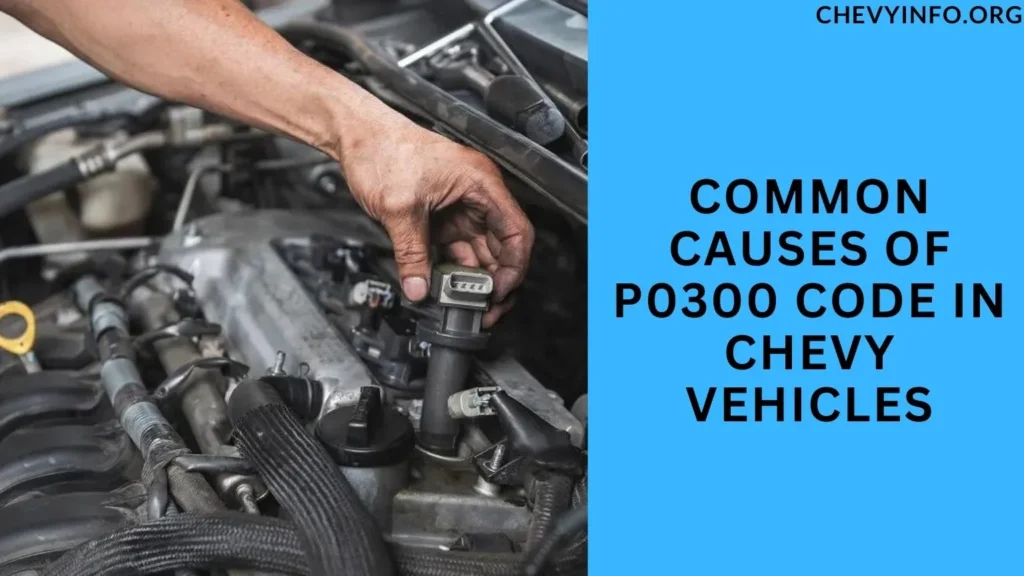
The P0300 code in Chevy vehicles, indicating a random or multiple cylinder misfire detected, can stem from various underlying issues.
Understanding these common causes is essential for diagnosing and addressing the problem effectively. Here are some prevalent reasons for the P0300 code:
Spark Plug Issues
One of the primary culprits behind the P0300 code is faulty or worn-out spark plugs. Over time, spark plugs can fumble, causing weak or inconsistent sparks that lead to misfires.
Ignition System Problems
Issues with the ignition system, such as failing ignition coils or a malfunctioning ignition module, can also trigger the P0300 code.
These components are responsible for generating the spark that ignites the air-fuel mixture in the cylinders.
Fuel System Malfunctions
A compromised fuel system, including clogged fuel injectors or a failing fuel pump, can disrupt the proper delivery of fuel to the engine, resulting in misfires and the P0300 code.
Engine Mechanical Problems
Underlying mechanical issues, such as low compression in one or more cylinders due to worn piston rings or damaged valves, can contribute to misfires and trigger the P0300 code.
How to Diagnose a P0300 Code in a Chevy Vehicle
Diagnosing the P0300 code requires a systematic approach and the use of diagnostic tools such as an OBD-II scanner.
Here’s a step-by-step guide to identifying and addressing the issue:
- Using a Diagnostic Scanner: Connect an OBD-II scanner to your Chevy vehicle’s onboard diagnostic port to retrieve the trouble codes and pinpoint the specific cylinders experiencing misfires.
- Visual Inspection of Components: Conduct a visual inspection of crucial components such as spark plugs, ignition coils, and fuel injectors for signs of wear, damage, or malfunction.
Steps to Fix the P0300 Code in a Chevy Vehicle
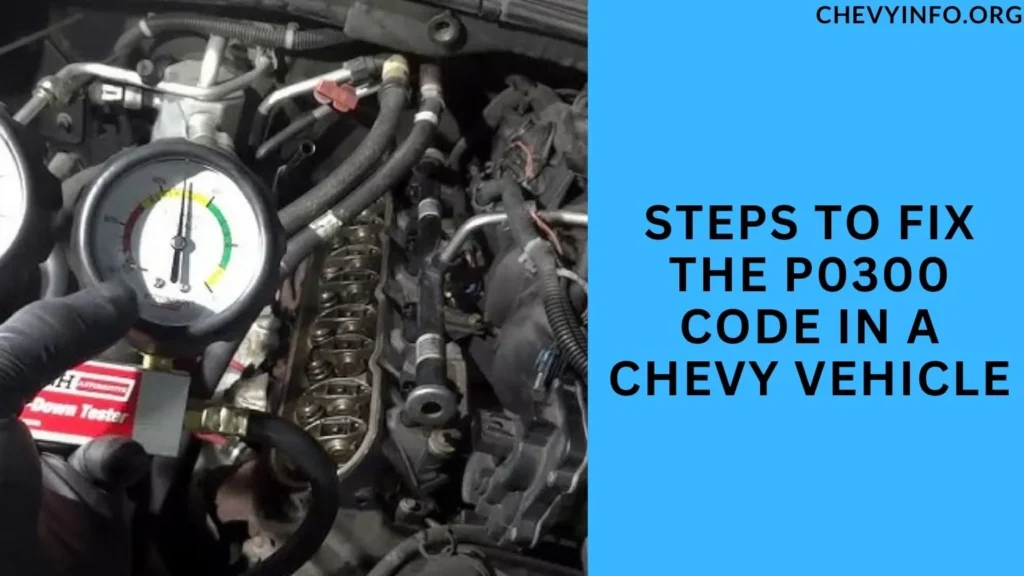
Once you’ve identified the source of the P0300 code, taking corrective action is vital to restoring your vehicle’s performance and reliability.
Here are the steps involved in addressing the P0300 code:
Diagnose Specific Cylinder Misfires
Use an OBD-II scanner to retrieve the trouble codes and identify the specific cylinders experiencing misfires. This information helps pinpoint the source of the problem.
Inspect Spark Plugs
Check the condition of the spark plugs. Replace any worn-out or fouled spark plugs with OEM or high-quality aftermarket replacements. Ensure proper spark plug gap and torque during installation.
Test Ignition Coils
Use a multimeter to test the functionality of ignition coils. Replace any defective coils that are causing misfires in the cylinders.
Check Fuel Injectors
Inspect fuel injectors for clogs or malfunctions. Clean or replace clogged injectors to ensure proper fuel delivery to the engine cylinders.
Examine Fuel System
Inspect the fuel system components, including the fuel pump, fuel filter, and fuel lines, for any issues that may be affecting fuel delivery. Replace any faulty components as needed.
Inspect Engine Sensors
Check the sensors related to engine performance, such as the mass airflow sensor (MAF), oxygen sensors (O2), and crankshaft position sensor (CKP). Clean or replace sensors that are not functioning correctly.
Address Engine Mechanical Problems
If necessary, conduct a thorough inspection of engine components such as the piston rings, valves, and cylinder head gasket for any mechanical issues that may be causing misfires. Repair or replace damaged parts as required.
Perform a Compression Test
If misfires persist, conduct a compression test to check the compression levels in each cylinder. Low compression can indicate underlying mechanical problems that require attention.
Clear Trouble Codes
After addressing the identified issues and making necessary repairs, use the OBD-II scanner to clear the trouble codes and reset the Check Engine Light (CEL).
Test Drive and Monitor
Take the vehicle for a test drive to ensure that the misfire issue has been resolved. Monitor engine performance, idle smoothness, and acceleration for any signs of recurring misfires.
Importance of Addressing the P0300 Code Promptly
Ignoring the P0300 code can lead to more severe engine problems, increased emissions, and reduced fuel efficiency. Prompt diagnosis and repair not only improve your vehicle’s performance but also prevent costly repairs down the line.
People also ask
How do I fix my Chevy P0300 code?
To fix a Chevy P0300 code:
Diagnose: Use an OBD-II scanner to identify specific cylinder misfires.
Inspect: Check spark plugs, ignition coils, fuel injectors, and engine sensors for issues.
Replace: Replace worn-out spark plugs, faulty ignition coils, clogged fuel injectors, or malfunctioning sensors.
Address Fuel System: Ensure proper fuel delivery by checking the fuel pump, filter, and lines.
Check Engine: Inspect for mechanical issues like low compression or damaged components.
Clear Codes: Use the scanner to clear trouble codes after repairs.
Test Drive: Verify the fix by test driving and monitoring engine performance.
What is the most common cause of a code P0300?
The most common cause of a P0300 code is a misfire in one or more engine cylinders, often due to issues with spark plugs, ignition coils, or the fuel system.
What sensor can cause P0300?
The mass airflow sensor (MAF) can sometimes cause a P0300 code if it malfunctions, leading to incorrect air-fuel mixture ratios and potential engine misfires.
Is it okay to drive with a P0300 code?
It’s not recommended to drive with a P0300 code as it can lead to further engine damage, reduced performance, and potential safety risks.
Conclusion
In conclusion, the P0300 code in Chevy vehicles signals a random or multiple-cylinder misfire that requires timely attention and thorough diagnostic procedures.
By understanding the causes, conducting proper diagnosis, and implementing corrective measures, you can effectively resolve the P0300 code and ensure your Chevy runs smoothly and efficiently.

Henry Worner, a seasoned automotive expert with over 13 years of experience in car repair, maintenance, and performance enhancement, ChevyInfo.org was born out of a passion for Chevrolet vehicles. Henry’s deep-rooted love for everything Chevy has driven him to create a platform where fellow enthusiasts, car owners, and anyone interested in Chevy cars can find valuable insights, tips, and guidance.

